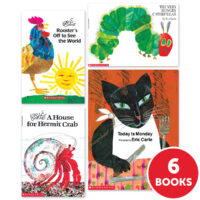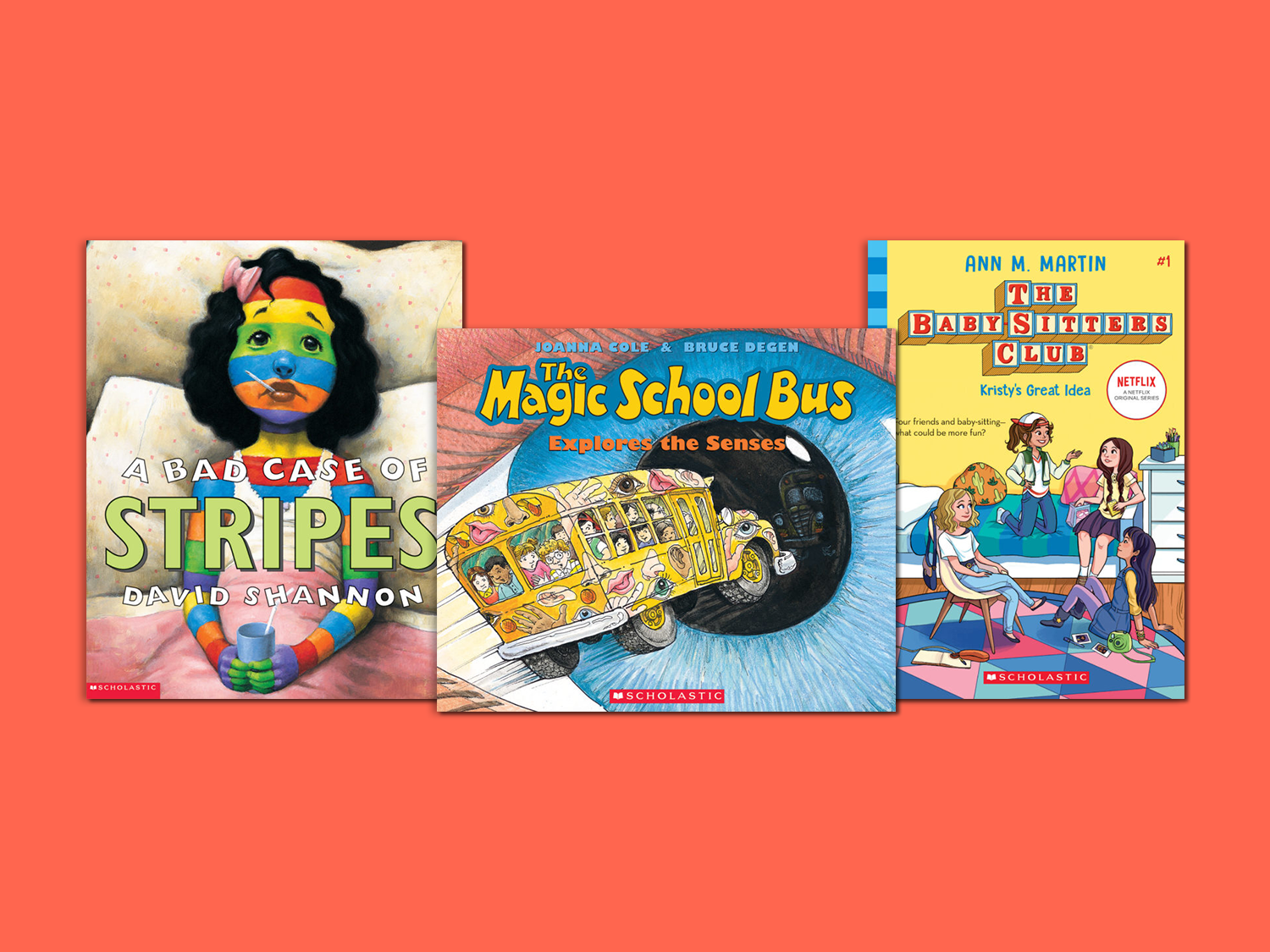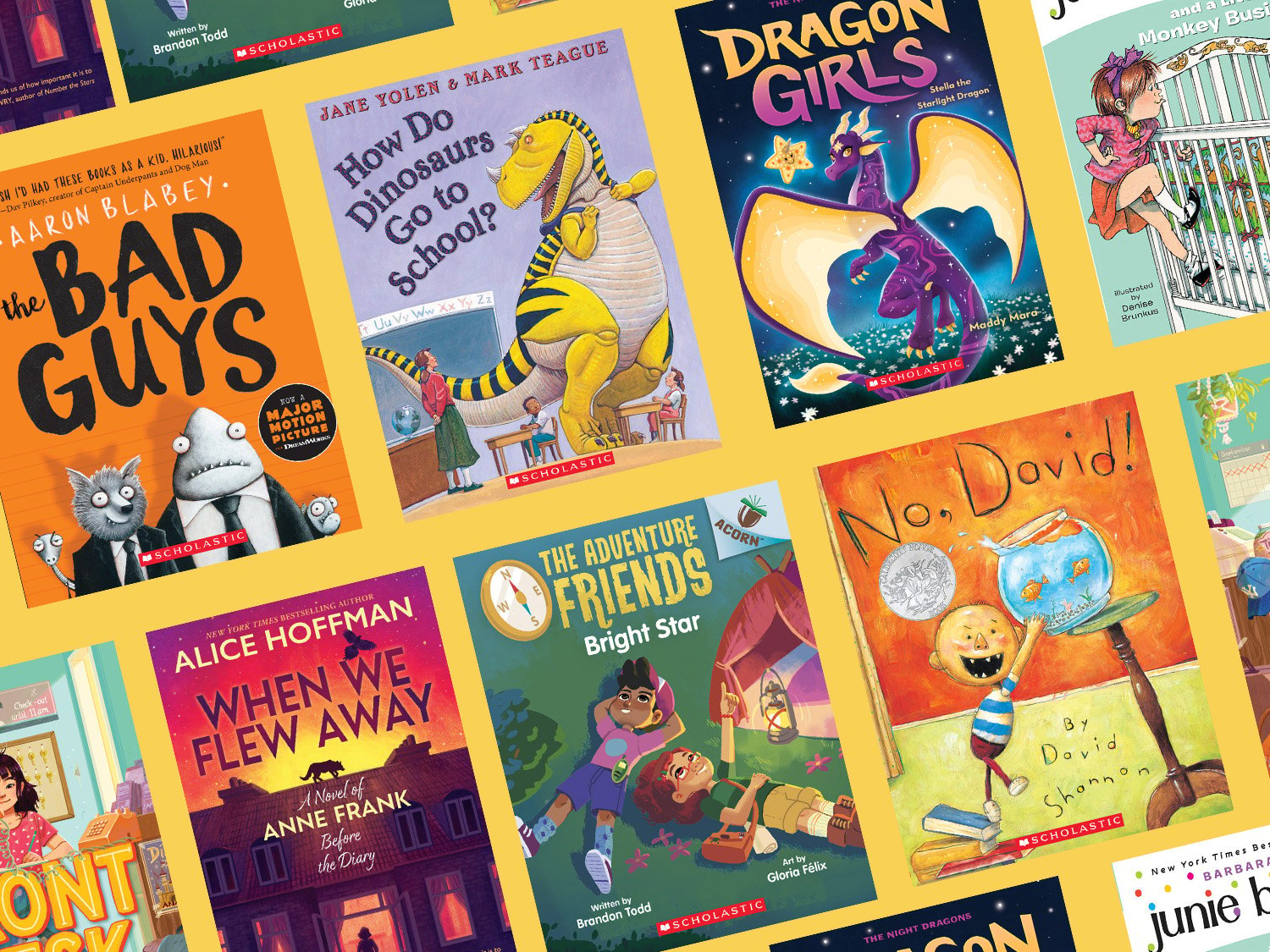The Best Collections for Your Next Author Study
Build students’ reading and critical thinking skills with comprehensive collections from prolific authors.
When planning an author study, one of the most important considerations is (of course!) deciding which author to focus on, as your students will be spending a good amount of time getting to know them.
While selecting an author who you know already resonates with your students is a great place to start, there are three other key factors that can ensure your students get the most out of their author study.
1. A Variety of Titles
Look for an author who has a variety of titles appropriate for your students’ grade level. This will enable students to easily make comparisons across texts, identify common themes and styles, and determine how an author’s personal experiences may have contributed to their works. Patricia Polacco, for example, was bullied as a child for her dyslexia, and her life experiences have shaped many of her stories.
2. New Genres and Styles
Think about if your students may benefit from exposure to a different genre, author voice, or style. Rick Riordan’s books, for instance, can help older students discover the nuances of fantasy mystery novels, while young readers may learn about new traditions through delightful stories like Bringing in the New Year from Grace Lin.
3. Curriculum Syncing
Finally, determine how a particular author will boost your broader curriculum. For older students exploring more complex topics of natural science, Gary Paulsen’s wilderness-themed novels can help students make deeper connections with nature.
By exploring these collections with your students, you can help build their reading fluency, deepen their understanding of stories, and develop their critical thinking skills.
Shop the best collections for author studies below! You can find all books and activities at The Teacher Store.
This collection of titles by author/illustrator Eric Carle was hand-selected to provide you with the best books at the best prices.
• Beautiful
• Brains! Not Just a Zombie Snack
• Goldie Blox Ruins Rules the School!
• Mars!
• Moon!
• Ocean!
• Our Planet!
• Sun!
This collection of titles by author/illustrator Peter Reynolds was hand selected to provide you with the best books at the best prices.
A collection of award winning author Mo Willems titles, including favorites such as Knuffle Bunny and My New Friend Is So Fun!
Dive into Yuyi Morales's work with this selection of her books. Examine and discuss the themes, characters, and writing styles; or simply expand your classroom library and provide more independent reading opportunities by providing more of what your students want to read.
This collection of titles from author/illustrator Kevin Henkes includes Wemberly Worried and other favorites.
This collection of titles from author Cynthia Rylant was hand selected to provide you with the best books at the best prices.
This collection of titles by author/illustrator David Shannon was hand selected to provide you with the best books at the best prices.
This collection of titles from author-illustrator Brian Pinkney was hand selected to provide you with the best books at the best prices.
Dive into Grace Lin's work with this selection of her books. Examine and discuss the themes, characters, and writing styles; or simply expand your classroom library and provide more independent reading opportunities by providing more of what your students want to read.
• The Adventures of Captain Underpants
• The Adventures of Super Diaper Baby
• Cat Kid Comic Club
• Dog Breath
• Dog Man
• Dumb Bunnies
• A Friend for Dragon
• Julius
• The Paperboy
• Ricky Ricotta's Mighty Robot
A collection of Monica Brown titles, selected to provide you with the best books at the best prices.
• Fractions, Decimals, and Percents
• Magnets Push, Magnets Pull
• Perimeter, Area, and Volume
• Place Value
• Simple Machines
Dive into Katherine Applegate's work with this selection of her books.
This collection of titles from author Sharon Creech was hand selected to provide you with the best books at the best prices.
Explore fantasy with this collection of titles from author Rick Riordan.
A collection of Alan Gratz titles, selected to provide you with the best books at the best prices.
• Big Tree
• The Invention of Hugo Cabret
• The Marvels
• Wonderstruck
This collection of titles from Walter Dean Myers was hand selected to provide you with the best books at the best prices.






















